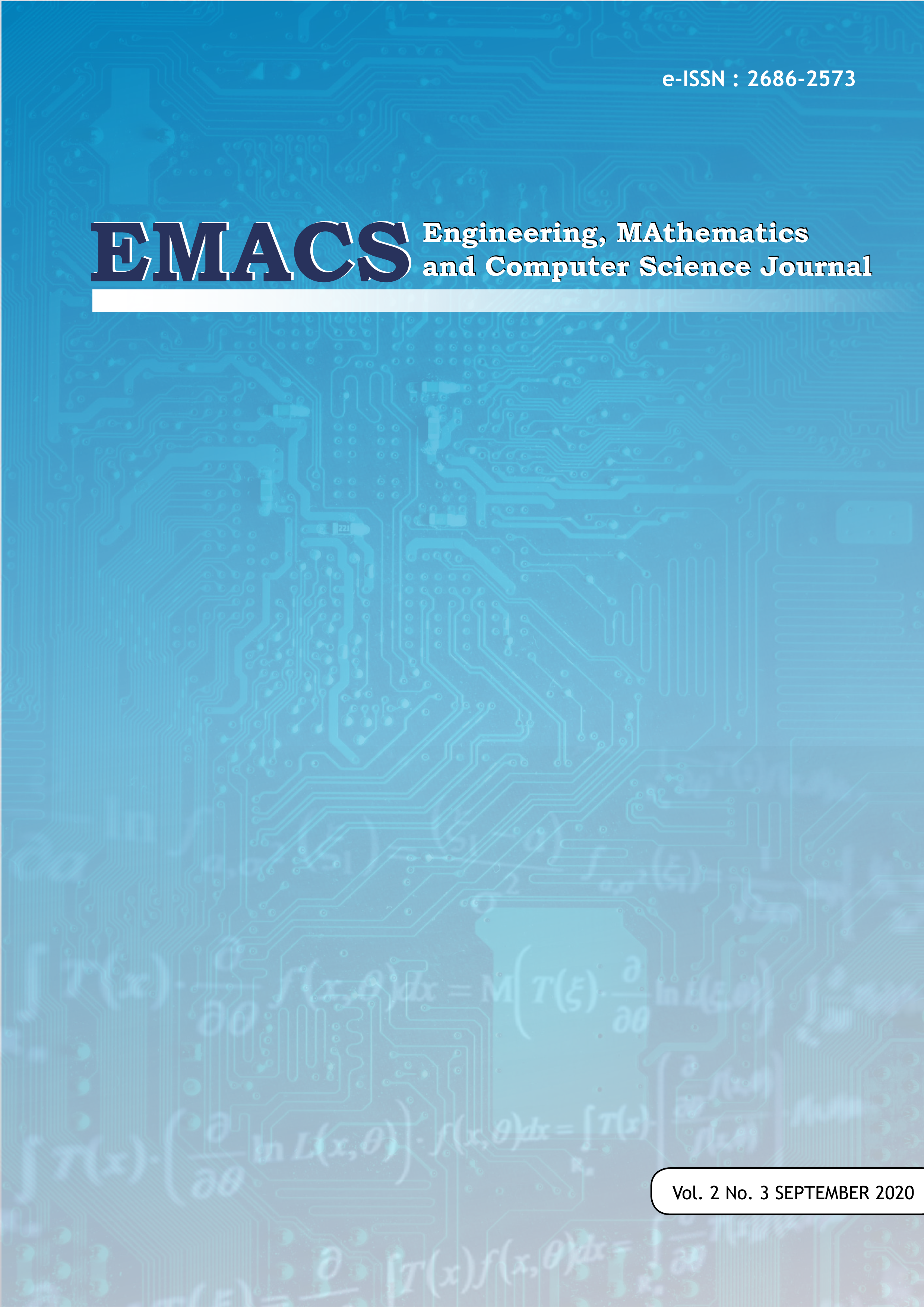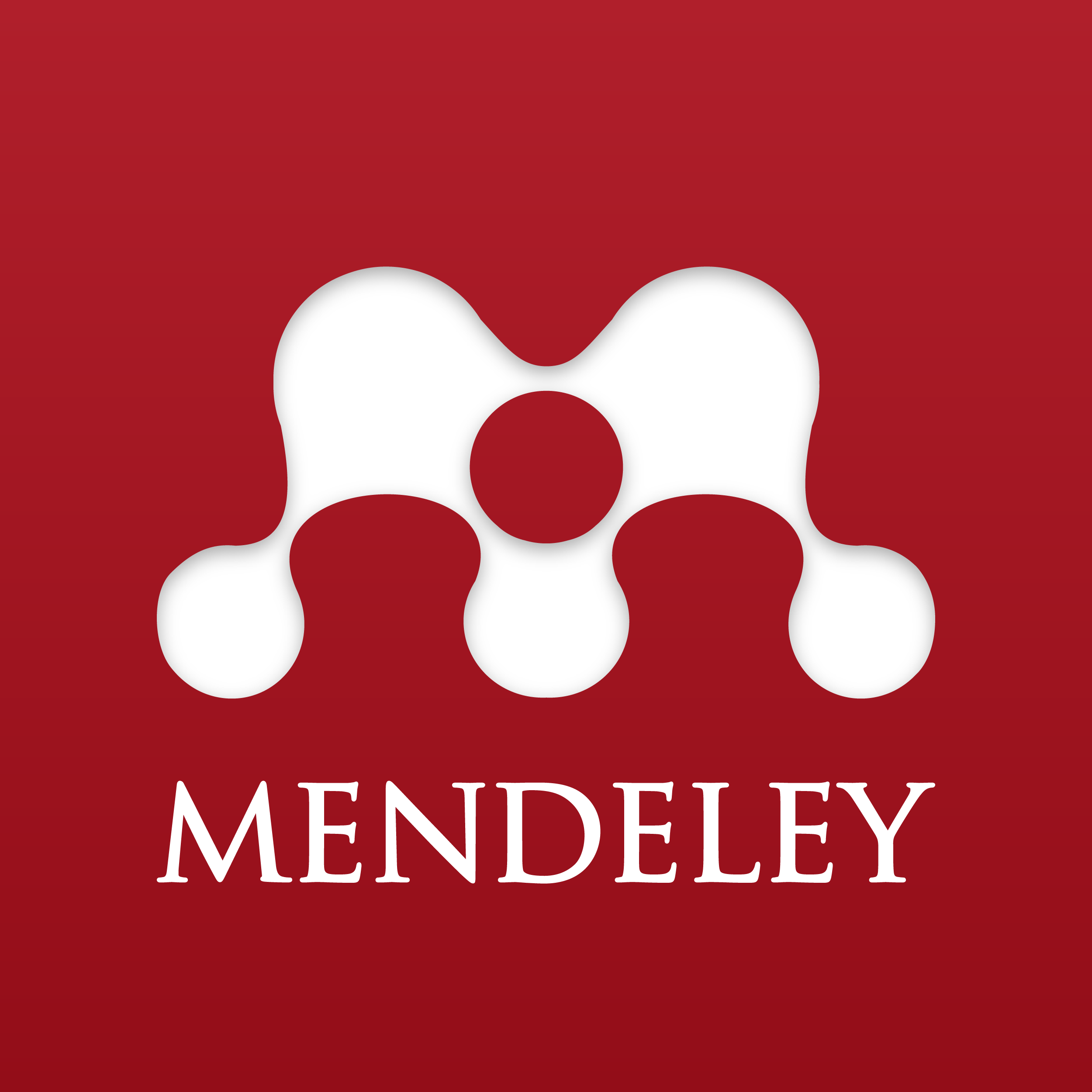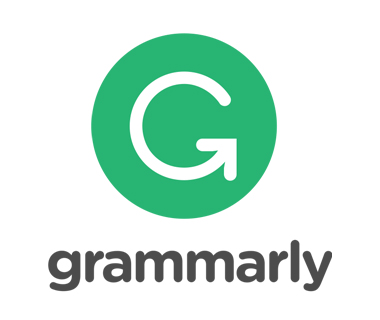Security Testing Using Intrusion Detection System in Cloud Computing
DOI:
https://doi.org/10.21512/emacsjournal.v2i3.6543Keywords:
Cloud Computing, Cyber Security, Intrusion Detection SystemAbstract
The development of technology is very fast, one of them is cloud computing. Cloud computing has been used from various circles and began to be developed. There are various problems that arise in cloud computing, such as problems from data, whether the data will be safe. To ensure that the data is safe, several methods or tools can be used. In this scientific work we use the Intrusion Detection System as an aid tool needed to access the network, including whether packages can protect data in cloud computing. Although the intrusion detection system there are still some shortcomings such as only being able to read some data and the performance will decrease the data very much. To overcome this it is necessary to use several additional tools such as the Intrusion Prevention System which is a refinement of the Intrusion Detection System and using the AES algorithmReferences
Ali, M., Khan, S. U., & Vasilakos, A. V. (2015). Security in cloud computing: Opportunities and challenges. Elsevier, 357-383.
Amato, F., Moscato, F., Moscato, V., & Colace, F. (2017). Improving Security in Cloud by Formal Modeling of IaaS Resource. Elsevier, 754-764.
Babu, V. S., & Kumar, M. M. (2018). An Efficient and Secure Data Storage Operations in Mobile Cloud Computing . IJSRSET.
Baykara, M., & Das, R. (2018). A novel honeypot based security approach for real-time intrusion detection and prevention system. ELSEVIER, 103-116.
Farhaoui, Y. (2016). How to secure web servers by the intrusion prevention system (IPS). International Journal of Advanced Computer Research, 2277-7970.
geeksforgeeks.org. (t.thn.). Intrusion Detection System. Diambil kembali dari geeksforgeeks: https://www.geeksforgeeks.org/intrusion-detection-system-ids/.
Jakimoski, K. (2016). Security Techniques for Data Protection in Cloud Computing. International Journal of Grid and Distributed Computing, 49-56.
Khan, N., & Al-Yasir, A. (2016). Identifying Cloud Security Threats to Strengthen Cloud Computing Adoption Framework. ELSEVIER, 485-490.
Lee, B. H., Dewi, E. K., & Wajdi, M. F. (2018). Data Security in Cloud Computing Using AES Under HEROKU Cloud. IEEE.
Park, J. H., & Park, J. H. (2017). Blockchain Security in Cloud Computing: Use Cases,Challenges,and Solutions. Symmetry, 9.
Rahman, A. (2019, Desember 13). 2019 Data Violations Caused by Internal Persons. Diambil kembali dari Cyberthreat: https://cyberthreat.id/read/4221/Pelanggaran-Data-Tahun-2019-yang-Diakibatkan-Orang-Internal.
Saadi, C., & Chaoui, H. (2016). Cloud Computing Security Using IDS-AM-Clust, Honeyd, Honeywall and Honeycomb. ELSEVIER, 433-442.
Sharafaldin, I., Lashkari, A. H., & Ghorbani, A. A. (2018). Toward Generating a New Intrusion Detection Dataset and Intrusion Traffic Characterization. SCITEPRESS, 108-116.
Subhashini, D. P. (2018). A Study on Cloud Computing Securities and Algorithms. International Journal of Scientific Research in Compter Science, Engineering and Information Technology, 2456-3307.
Tchifilionova, V. (t.thn.). Security and Privacy Implications of Cloud Computing – Lost in the Cloud. National Laboratory of Computer Virology, Bulgarian Academy of Sciences 1113 Sofia.
Ventkatesh, M. S. (2018). A Study of Data Storage Security Issues in Cloud Computing. Vosal.
Wang, R. (2016). Research on data security technology based on cloud storage. 13th Global Congress on Manufacturing and Management.
Downloads
Published
How to Cite
Issue
Section
License
Authors who publish with this journal agree to the following terms:
- Authors retain copyright and grant the journal right of first publication with the work simultaneously licensed under a Creative Commons Attribution License - Share Alike that allows others to share the work with an acknowledgment of the work's authorship and initial publication in this journal.
- Authors are able to enter into separate, additional contractual arrangements for the non-exclusive distribution of the journal's published version of the work (e.g., post it to an institutional repository or publish it in a book), with an acknowledgment of its initial publication in this journal.
- Authors are permitted and encouraged to post their work online (e.g., in institutional repositories or on their website) prior to and during the submission process, as it can lead to productive exchanges, as well as earlier and greater citation of published work.
USER RIGHTS
All articles published Open Access will be immediately and permanently free for everyone to read and download. We are continuously working with our author communities to select the best choice of license options, currently being defined for this journal as follows: Creative Commons Attribution-Share Alike (CC BY-SA)





